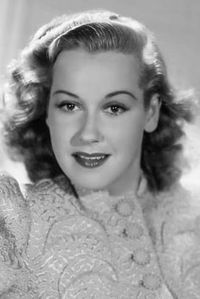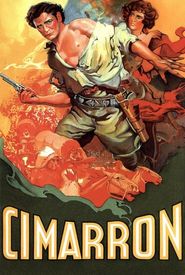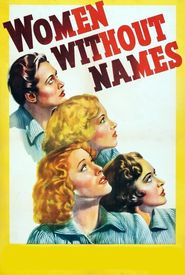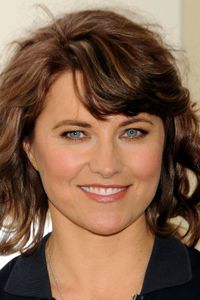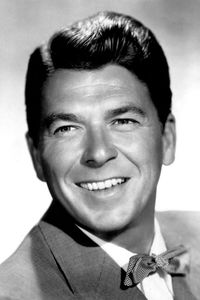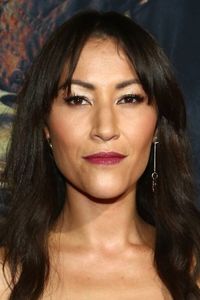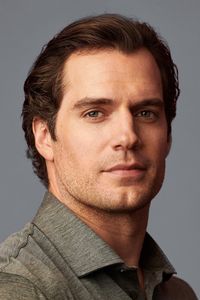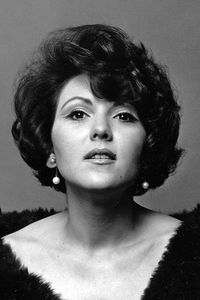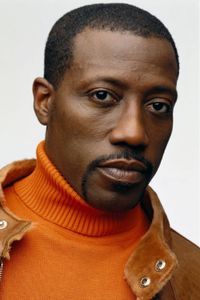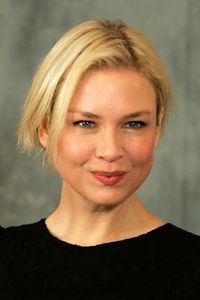Judith Barrett, also known as Lucille Kelley, was an American actress who carved out a successful career in the film industry during the late 1920s and the entirety of the 1930s, ultimately bringing her illustrious acting tenure to a close in 1940.
Born on February 2, 1909, Barrett's early life was marked by a sense of determination and ambition, as evidenced by her bold decision at the tender age of 16 to board a train to Hollywood, driven by a fierce desire to pursue stardom.
Despite the significant challenges and uncertainties that often accompany a move to a new and unfamiliar city, Barrett persevered, driven by her unwavering passion for acting and her unshakeable confidence in her abilities.
As she settled into her new life in Hollywood, Barrett began to make a name for herself, gradually establishing herself as a talented and versatile actress capable of taking on a wide range of roles.
Throughout the 1920s and 1930s, Barrett's career continued to flourish, with her appearing in a variety of films and cementing her status as a respected and beloved figure in the film industry.
However, Barrett's remarkable career ultimately came to an end in 1940, as she chose to retire from the spotlight, leaving behind a legacy of memorable performances and a lasting impact on the world of cinema.
Despite the passage of time, Barrett's legacy continues to be celebrated and remembered, with her remarkable story serving as an inspiration to aspiring actors and actresses everywhere.
Nancy Dover's ascension to stardom began in 1928 with her pivotal role in the opulent commercial film "The Sock Exchange", opposite the renowned Bobby Vernon. The subsequent year, she made a profound impact by appearing in a total of five films, skillfully navigating the transition to "talking films". This remarkable period, spanning from 1928 to 1933, saw her billed as "Nancy Dover" and during which she appeared in a total of nine films, all of which were meticulously credited.
Judith Barrett's acting career in film underwent a brief interruption in 1933, as she devoted her time and energy to the world of stage performance. This temporary hiatus from the big screen would last for three years, until 1936, when she made her triumphant return to the cinema in the crime drama "Yellowstone", opposite the talented actors Henry Hunter, Ralph Morgan, and Alan Hale. Notably, this marked the beginning of her film billing as "Judith Barrett", a significant milestone in her career. In the same year, she appeared in not one, but two films, showcasing her versatility and range as an actress. The following year, 1937, saw her take on an impressive five more roles, including her first uncredited part, further solidifying her reputation as a talented and dedicated performer.
From 1938 to 1940, Barrett's career flourished as she took to the silver screen, making a significant impact in the film industry with a total of ten appearances, all of which were credited and notable for their distinct styles and genres.
One of her most notable roles during this period was in the 1938 comedy "Road to Singapore", which marked the beginning of a successful partnership between the iconic duo of Bing Crosby and Bob Hope, and Barrett's involvement in this film played a crucial role in establishing her as a talented and sought-after actress.
As her career continued to grow, Barrett's final film appearance was in the 1940 comedy "Those Were the Days!", a lighthearted and entertaining production that starred the charismatic William Holden and the talented Bonita Granville, further solidifying Barrett's reputation as a versatile and accomplished actress.
Her impressive filmography during this period, spanning from 1938 to 1940, showcases Barrett's ability to adapt to various roles and genres, making her a valuable asset to the film industry during this time.
Judith Barrett's striking physical appearance was frequently remarked upon, with the October 16, 1939 edition of the Baltimore Sun issuing a notable declaration, referring to her as the "first Telegenic Girl" and emphasizing that she embodied the ideal type of beauty for television. The Salt Lake Tribune concurred with this assessment, highlighting that Barrett had undergone a rigorous selection process, with months of exhaustive testing conducted by a diverse array of television experts, sound engineers, photographers, and makeup specialists.
